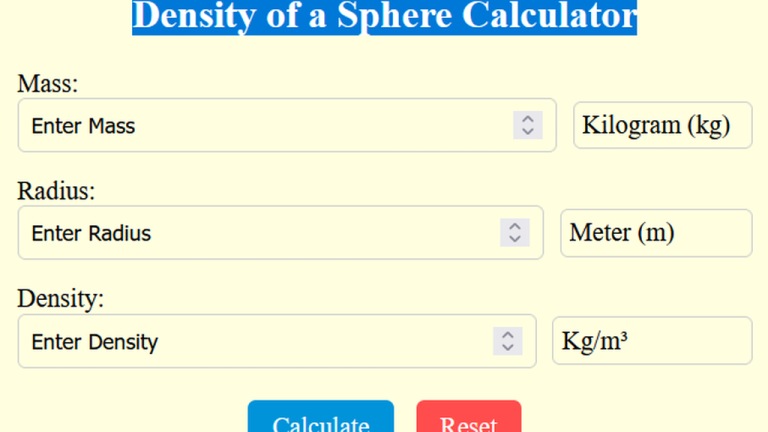Vertical & Horizontal Component Calculator
To find the vertical and horizontal components of a vector, multiply the magnitude of the vector by the sine or cosine of the angle, respectively.
The Vertical & Horizontal Component Calculator is a tool designed to determine the individual components of a vector. This is useful in physics, engineering, and mathematics to break down forces, velocities, or displacements into their perpendicular components for easier analysis.
Inputting the magnitude and the angle, you can quickly calculate the vertical and horizontal components for any given vector.
Formula:
Vertical Component:
Horizontal Component:
| Variable | Description | Unit |
|---|---|---|
| Vertical component of the vector | Same as | |
| Horizontal component of the vector | Same as | |
| Magnitude of the vector | Any measurable unit | |
| Angle of the vector (with horizontal) | Degrees or radians |
Solved Calculations:
Example 1: Find Components for ,
| Step | Value | Explanation |
|---|---|---|
| Magnitude () | Given | |
| Angle () | Given | |
| Vertical Component () | Multiply magnitude by sine | |
| Horizontal Component () | Multiply magnitude by cosine | |
| Result | Vertical and horizontal components |
Example 2: Find Components for ,
| Step | Value | Explanation |
|---|---|---|
| Magnitude () | Given | |
| Angle () | Given | |
| Vertical Component () | Multiply magnitude by sine | |
| Horizontal Component () | Multiply magnitude by cosine | |
| Result | Vertical and horizontal components |




